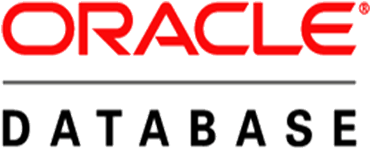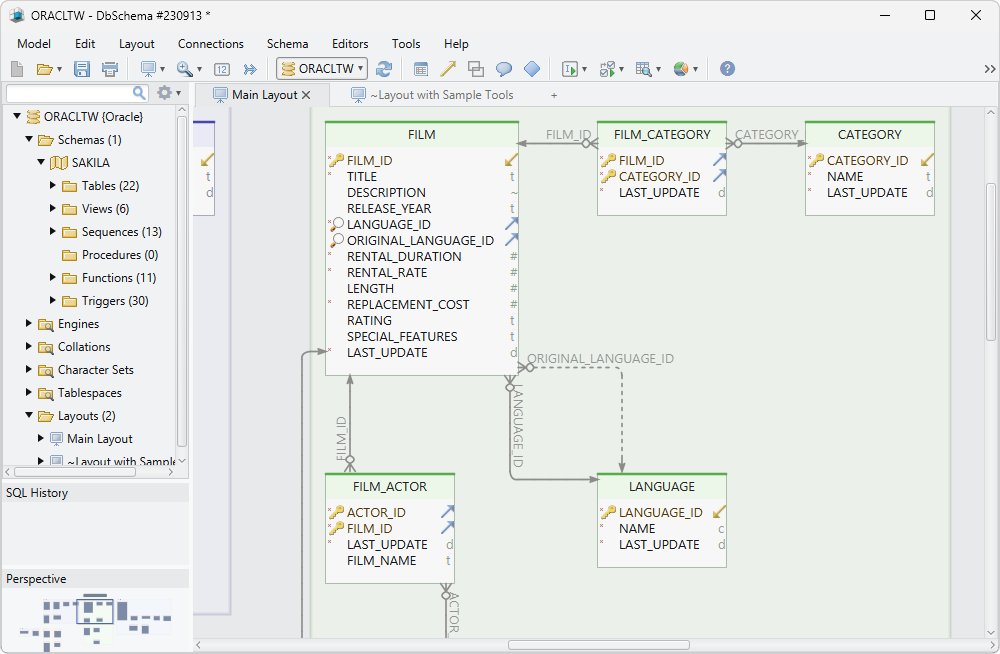Oracle Database is a leading multi-model database management system renowned for its robust performance, high availability, and comprehensive security features. It is designed to handle the most demanding transactional, analytical, and mixed-load database workloads efficiently. As a converged database, it supports multiple data types, access methods, and development models within a single, scalable engine.
Enterprises worldwide rely on Oracle Database for its advanced capabilities in data management, including in-memory processing, partitioning, real application clusters (RAC), and active data guard. It simplifies cloud migration, supports hybrid environments, and offers powerful tools for developers and administrators. Whether you're running mission-critical OLTP systems, large-scale data warehouses, or modern microservices applications, Oracle Database provides the reliability and innovation needed to drive business success.
| Feature | Description |
|---|---|
| 🗄 Multi-Model Database | Supports relational, JSON, XML, graph, spatial, and document data in one engine. |
| 🔒 Advanced Security | Features Transparent Data Encryption, Data Redaction, and comprehensive auditing. |
| 📈 High Availability | Utilizes Real Application Clusters (RAC) and Active Data Guard for minimal downtime. |
| 💾 In-Memory Performance | Dramatically accelerates analytics and mixed workloads with the In-Memory Column Store. |
| ☁️ Cloud & Hybrid Ready | Seamlessly integrates with Oracle Cloud and on-premises environments. |
| 🔧 Automated Management | Includes self-tuning, automated backups, and patching for easier administration. |
| 🌐 Scalable Architecture | Effortlessly scales from single server to large, distributed configurations. |
| 🛠 Developer Tools | Offers SQL Developer, APEX, and comprehensive JSON and REST support. |
- Enhanced JSON and XML data type support for modern applications.
- Improved automation for database management and tuning tasks.
- Advanced security features including blockchain tables.
- Better converged database capabilities for multimodel data.
- Optimizations for machine learning and AI workloads inside the database.
- Large Enterprises – Running mission-critical ERP and CRM systems.
- Financial Institutions – Managing high-volume transactions with strict security.
- Healthcare Organizations – Handling sensitive patient data with compliance.
- E-commerce Platforms – Supporting high-concurrency user transactions and analytics.
- Obtain Oracle Database from the official Oracle website.
- Review the installation prerequisites for your operating system.
- Run the installer and follow the setup wizard.
- Configure your database instance and network settings.
- Connect using SQL Developer or SQL*Plus to begin managing your data.
| Parameter | Requirement |
|---|---|
| OS | Oracle Linux, RHEL, SLES, Windows Server |
| Processor | 2+ cores (64-bit) |
| RAM | 4 GB (8 GB+ recommended) |
| Storage | 10 GB free space (varies by edition) |
| Architecture | x86-64 or SPARC |
oracle database • oracle database 21c • oracle database 19c • oracle database administration • oracle database management • oracle database security • oracle database performance • oracle database tools • oracle database features • oracle database installation • oracle database guide • oracle database tutorial • oracle database enterprise edition • oracle database standard edition • oracle database express edition • oracle database cloud • oracle database on premises • oracle database rac • oracle database backup • oracle database recovery


